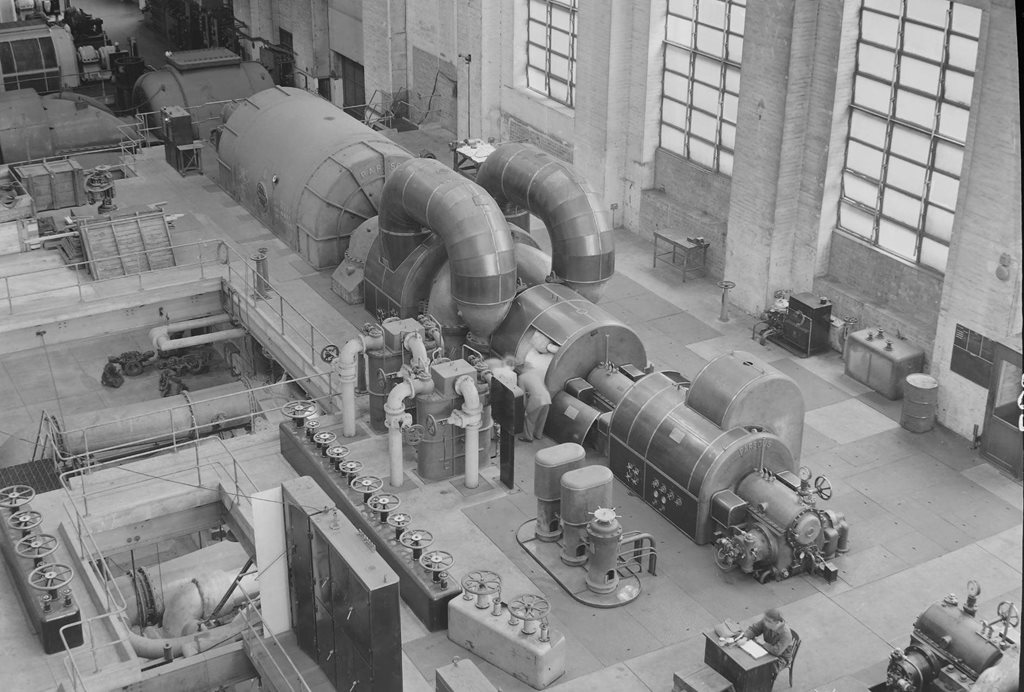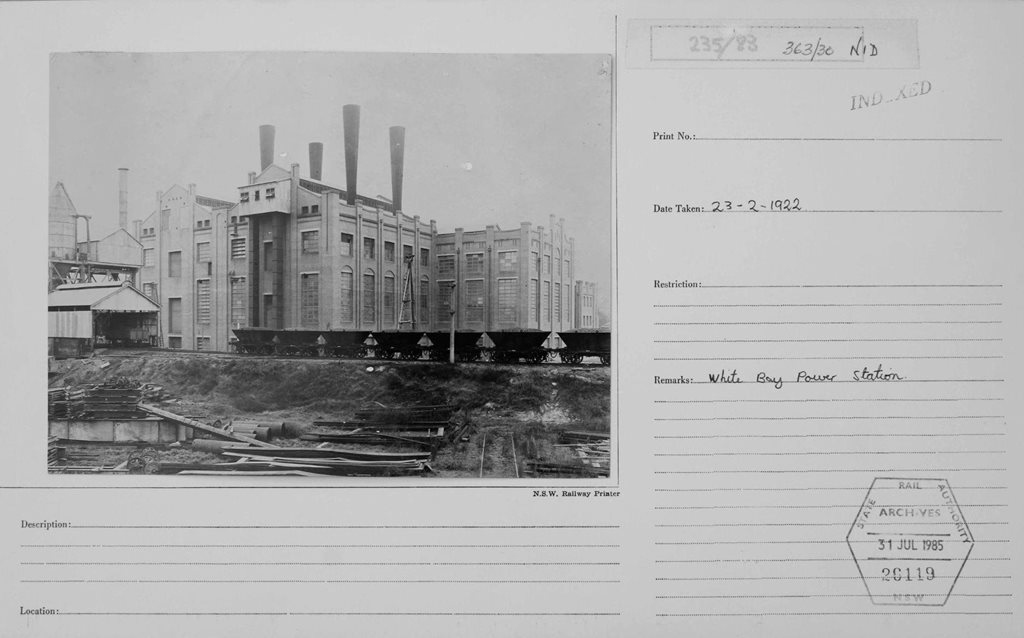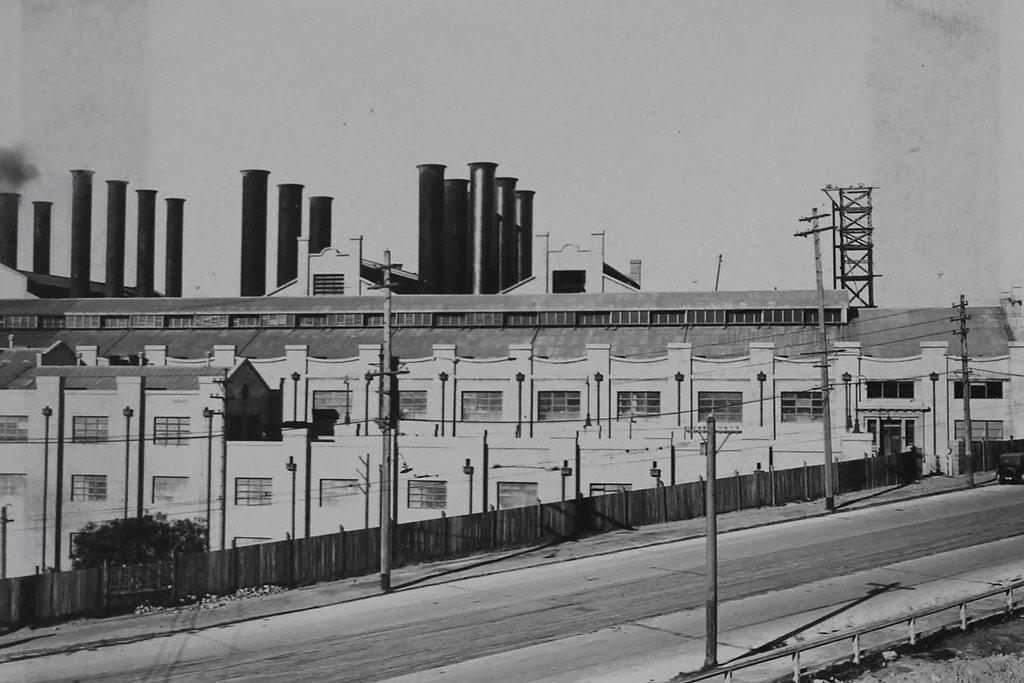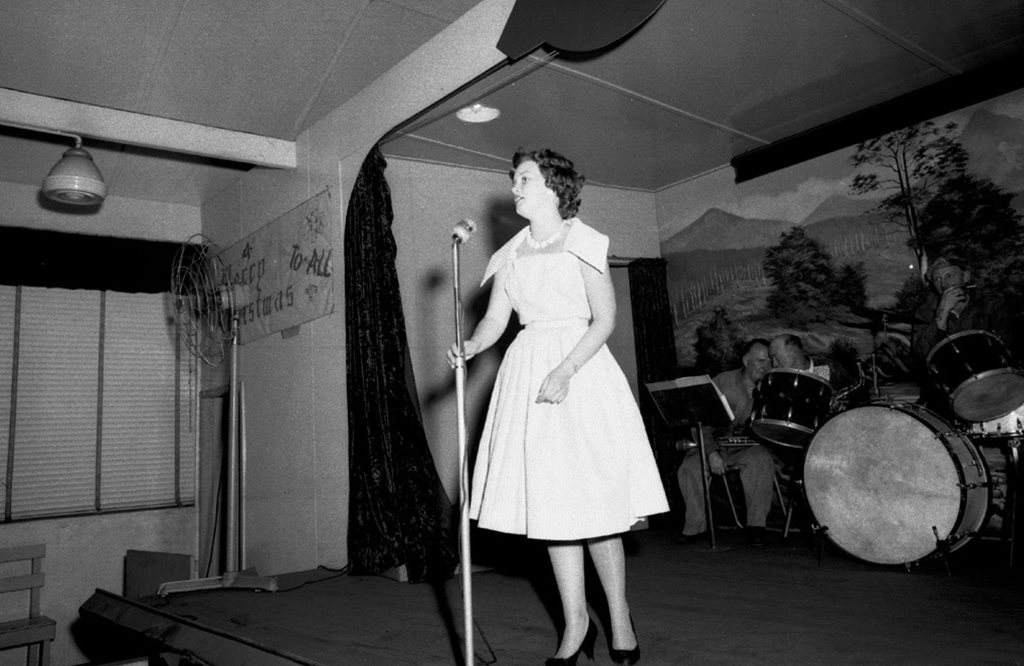Explore White Bay Power Station

Turbine Hall
The Turbine Hall at White Bay Power Station is a true gem, reflecting the site’s industrial charm. Built between 1912 and 1917, the northern section of the Turbine Hall features impressive brickwork and three bay windows from the original control room, offering a unique glimpse into the past. This was the heart of the power station, where steam turbines once generated electricity for Sydney’s entire tram and rail networks.
In the early 1920s, the Turbine Hall doubled in size with a southern extension made of concrete. This expansion was essential for powering the newly electrified suburban railway network. Inside, the hall housed massive Parsons turbines installed in the 1950s, with overhead gantry cranes used to move heavy machinery. Despite its industrial purpose, the hall’s design and scale are truly impressive, making it a standout feature in the power station’s history.
Image courtesy of Railway Department Archives.

Boiler House
The Boiler House, constructed in two stages between 1951 and 1958, is another key feature of White Bay Power Station. This structure replaced earlier boiler houses and was designed to burn coal to produce steam, which then powered the turbines. The Boiler House's distinctive array of windows and robust construction reflect mid-20th-century industrial design principles.
Inside, the Boiler House originally housed four towering Babcock and Wilcox boilers, reaching 30 metres to the roof. These boilers were crucial for generating the high-pressure steam needed to drive the turbines. Today, one boiler remains preserved, and the voids in the upper floors mark where the others once stood. The site also includes coal crushers and the extensive coal handling system that supplied the boilers with fuel, illustrating the complex industrial processes that powered Sydney for decades.
Image courtesy of State Rail Authority Archives.

Administration Building
The Administration Building was once the beating heart of this bustling industrial complex. With pressed metal ceilings, tiled floors, and wood-panelled stairs, the foyer showcased the elegance of early 20th-century industrial architecture.
At its peak, the facility buzzed with around 500 to 600 employees working in three shifts. From control room operators to engineers, mechanics, and clerks, the workforce was a blend of white-collar and blue-collar staff – a site nurse and a small number of women employees among them – all contributing to the station’s operations. More than just a workplace, the Administration Building was home to a tight-knit community of workers.
Image courtesy of State Rail Authority Archives.

Entertainment Hall
Originally designed to provide a recreational space for the workers, The Entertainment Hall at White Bay Power Station was a bustling hub for social activities and gatherings. It hosted numerous events over the decades that brought the community together. From lively dances to important meetings, the hall played a central role in fostering camaraderie and a sense of belonging among the staff.
The walls, painted with landscape scenes, and large windows of the Entertainment Hall have witnessed many memorable moments, reflecting the vibrant social life that thrived here. Today, it stands as a reminder of the rich history and community spirit that characterised White Bay Power Station.
Image courtesy of the Electricity Commission Archives.